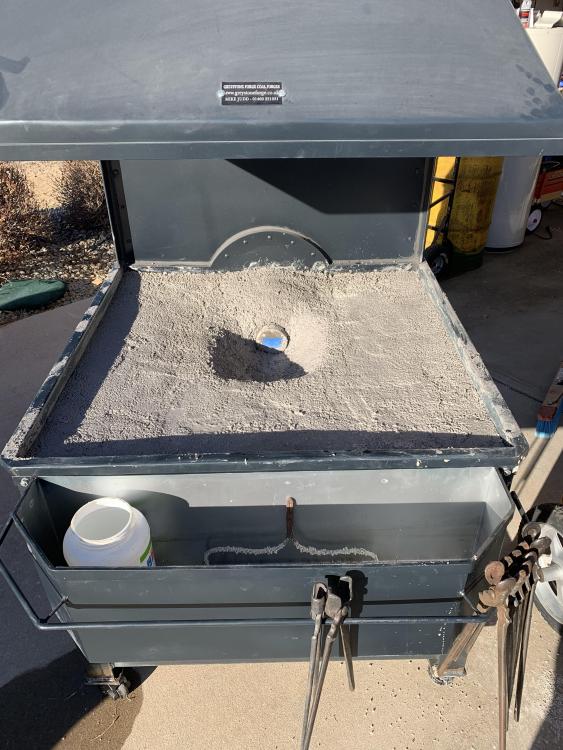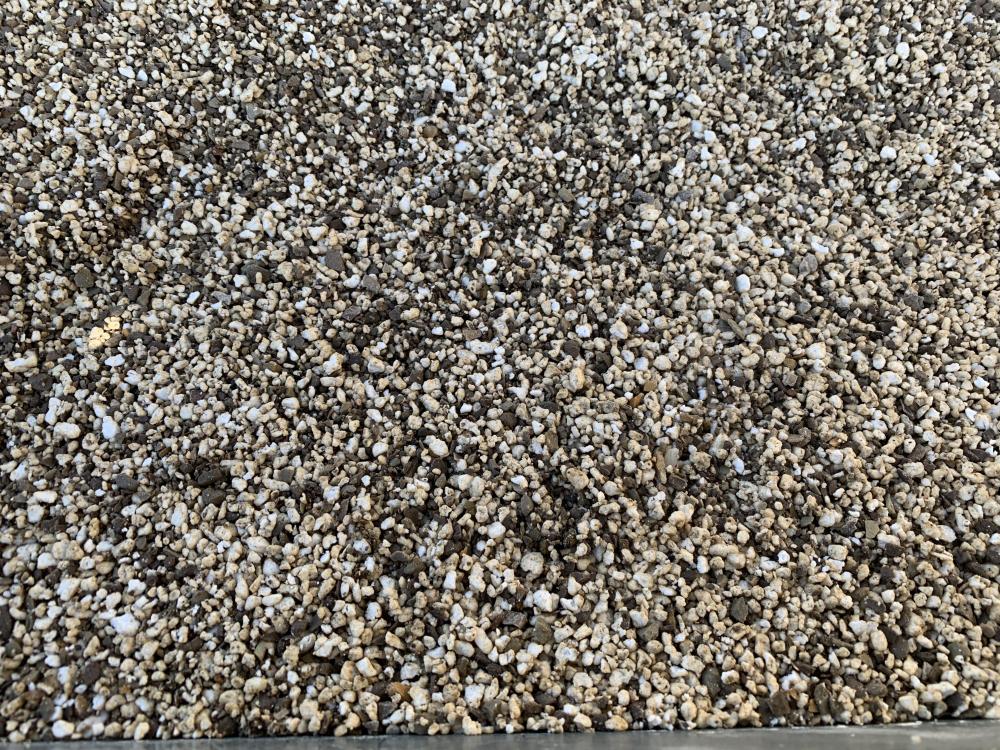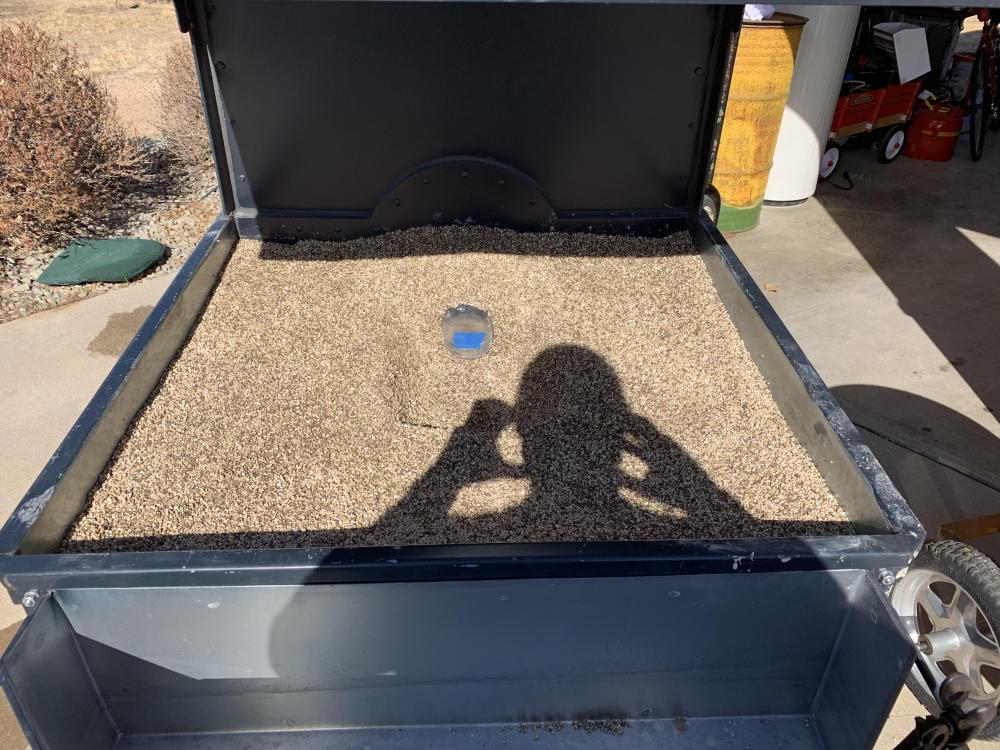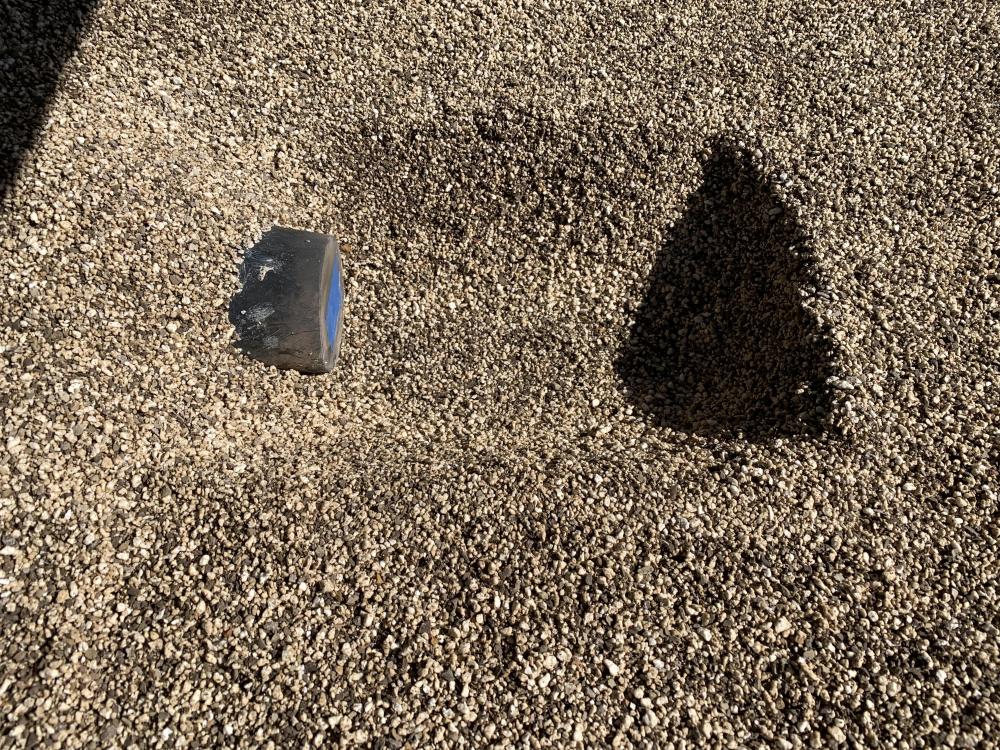
mechelement
Members-
Posts
38 -
Joined
-
Last visited
Profile Information
-
Gender
Male
-
Location
Eaton, Colorado
Recent Profile Visitors
The recent visitors block is disabled and is not being shown to other users.
-
Frosty, the cat litter claimed 100% clay. It’s the Special Kitty brand. Perlite was used more for weight reduction. The forge is currently portable. I modified the legs and installed equipment leveling casters with ratcheting levelers. When I had sand in it, the forge was very heavy. This is much lighter and I am fairly confident it won’t transfer heat nearly as much as sand turning to glass. I have have some projects that have high clayey soils which require removal and export prior to building. Some are moderate to highly expansive, some aren’t. Do you think this type of clayey soil would be a good hearth lining material? Perhaps as a binder with the silica free sand you mentioned? Is the silica free sand a fine sand or a bit more coarse? I’m relatively pleased with how this thing is curing. I’ve kept a radiant heater under the forge to keep the hearth bottom warm. Very minimal shrinking and I’m going to put the final high temp mortar coating on the fire pot after more cure time - no perlite in it though. Probably another week of curing before doing this.
-
I tried sand before and it turned to glass. The bottom of the forge got very, very hot with with sand, hence the start of this thread. I did what was advised and it dried as pictured, loose. I could not get the cat litter clay to bind. I soaked the litter in a wheelbarrow with water in it. There’s no mud.
-
Cat litter was 100% clay. I pulled it all out and mixed the perlite/cat litter mix with some high temp cement as a binder. What you see on the top is the high temp with perlite in it.
-
-
Here is where we wound up when we ran out of cat litter. I don’t see how the cat litter provides much binding, even when wet. I’m half tempted to finish all of this off (cap this) with the high temp cement mixed with perlite. Or, I’ll pull out half of what we just did, mix in cement, form, then mix cement into what I pulled out and put it back in, then final form. I guarantee that will bind.
-
I’m not following you... I was going to do the clay/perlite slurry mix and form the hearth, but in the fire pot, leave it 2” lower than desired and place high temp concrete 2” thick for the bottom of the firepot.
-
Finally received all of the perlite, got the all clay cat litter, got cast in place 3,000°F concrete and emptied the forge. Tackling the perlite clay fill today.
-
Finally got a return phone call from the nursery. Perlite should be here tomorrow or Monday. It’s 1/4 the cost buying in bulk. Worth the wait! JHCC, I’ve moved it as full as pictured.
-
I struck out today as far as perlite. The guy who had the most had some on reserve for another customer. He did tell me he'd get 4 cubic feet of it at a time from a wholesaler in Denver, so he's calling them Monday for pricing and getting back in touch with me. I'm talking to another guy about pure bubble alumina in bulk and mixing it with the clay cat litter you mentioned. He said that's doable and recommends mixing in 1" long wavy stainless steel "needles" because they'll create a binding matrix within the clay. I'm sourcing some 3,200°F fire brick and might consider coating that with that bubble alumina coating I mentioned earlier. They recommend a 3/8" thick coating over the fire brick and around the inside of the fire pot. I didn't really think I had to line the hearth with much of anything beyond a thin layer of dirt or sand. I wish I had been on here planning this out before the forge arrived, or right after it arrived and while modifying it for casters. JHCC, that's an interesting setup you have there. The chimney ring on the forge I have is at 6'-9" AFF and my garage door is 6'-11.5". With the casters I installed, it rolls like it's on glass. Hitting the joints between the concrete slabs on the driveway is a bit jarring, but other than that, extremely solid.
-
Found the perlite, but it is horticulture grade. Everything I’ve read, the horticulture grade is much more available and folks use it in their refractories and furnaces anyway. I’m going to go grab around 8-10 cubic feet of this stuff, along with some fire brick and clay cat litter and get this thing tuned up finally.
-
Now we’re cooking with... coke?! This sounds great. I’m going to call around this morning and try to source perlite. Is perlite somewhat similar to lava rock? I think I’m following you here... The adobe mix should be 1/3 perlite and 2/3 clay and wet down then mixed to bind, then cap the loose perlite in the hearth to within 1” of the top of the hearth with a layer of this mix and slope at the fire bowl, which will slope down to a couple of fire bricks 1” below the bottom of the blast hole in the tuyere. Bottom of the fire bowl should be ~8” in diameter or 8”x8” and slope up at around 45*. This will be the adobe cap as well. What about the vertical face of the tuyere at the backside of the fire bowl, make it vertical and nearly flush with the face of the tuyere?
-
10-4. Thanks.
-
Is there a rules page here that explains this? Can I post manufacturers names? Imagine a 3,200*F rated insulated (lightweight) brick I guess. Anyone running this type of brick?
-
Understood. You can’t post a link to a website here?
-
What about the lightweight insulating bricks? Anyone run those? I’m trying to keep the weight down.



